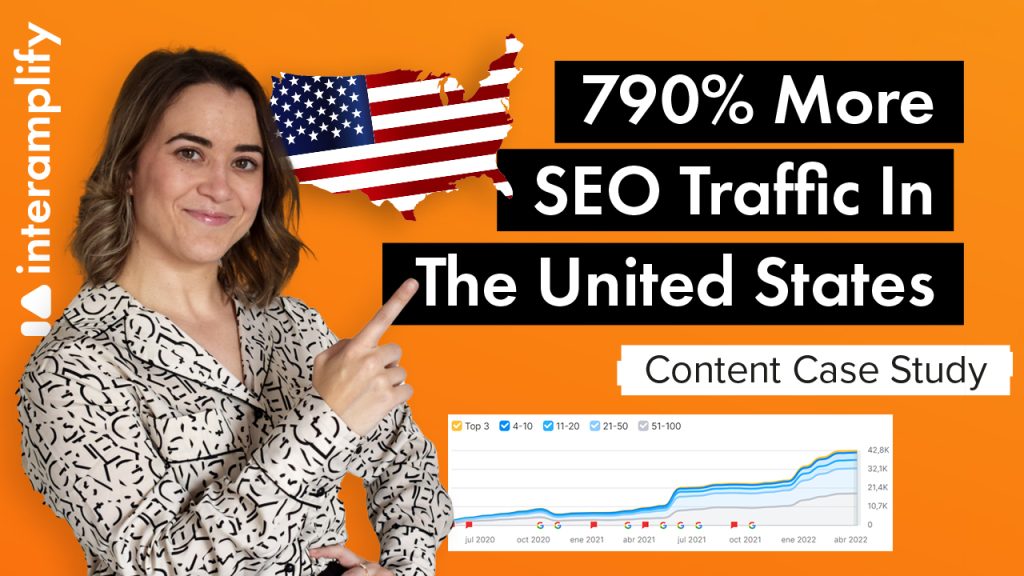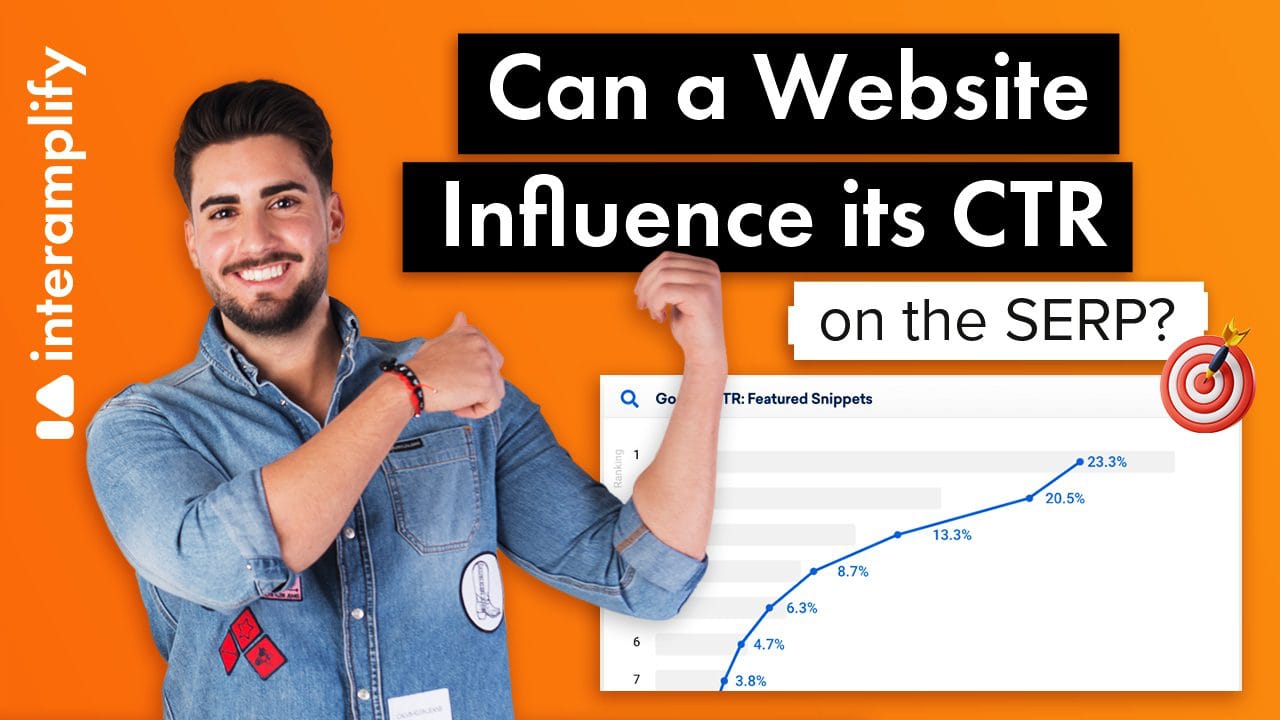You’ve probably heard hundreds of times that content is the foundation of a successful marketing strategy. This statement has become so popular that we have adopted the belief that having a blog on our website guarantees success.
And most of the time, this news section becomes a sort of disaster drawer in which there is no planning and we write anything just to keep it from being empty.
You’ve most likely been in this situation if you’ve made it this far. The same scenario as our client, a sports and health website in the United States.
On this occasion, we will explain how we reversed this situation by implementing a planned and structured content strategy over a twelve-month period, which allowed us to increase site visits by 790 percent.
What our client was like
As is standard procedure in our methodology, we began by getting to know our client in order to determine what distinguished them and what they needed to improve in order to differentiate themselves from their competitors.
Its website was an e-commerce site dedicated to the sale of healthy living products, so its primary niche was sport and health, and it operated across the United States.
His website received no more than 70,000 visits per month and became his primary focus. During the peak period of COVID-19, he experienced a twofold increase in the number of visitors to his website. It hoped to continue this trend after the pandemic. Against all odds, however, it fell sharply again in 2021.

That is where we came in. Continue reading because we’re revealing our strategy so you can learn everything you need to know about content and SEO. That’s how we increased visits, going from 35,000 to 282,046 visits per month, a 790 percent increase.
Don´t put the cart before the horse
It is obvious that content marketing is a highly effective strategy for increasing brand awareness and web positioning. This distinguishes us from our competitors and converts visitors into returning customers.
As a result, when a website is faced with its own marketing strategy, the first impulse is to create new content so that the user understands that you are at the forefront and up to date. If you’ve done something similar, let us tell you that you are not the only one.
This was our client’s first major blunder! The content he already had on his website vanished, and he didn’t even take the time to review it for reuse, oblivious to the fact that it may be more valuable to the client than the new material we’re creating.
The first step was a thorough content audit, which revealed areas where we needed to improve or reconsider. Conducting an audit will help you to understand the strengths and weaknesses of your content strategy.
Furthermore, he provided us with the key to adapt the content plan to his current objectives because:
- We identified web pages with potential to rank high.
- We identified which content we should update but also which we should remove.
- Which internal links we needed to optimize.
- We detected which content their target audience interacted with and generated the most leads.
Aside from how we audit, what we audit is also important: blog articles, news, product descriptions, landing pages, clusters, meta descriptions, TITLES…
As insignificant as it may seem, and if you want to appear on the first page of results, all of your content must be user-focused. If Google is an expert at anything, it is detecting search intent.
The audit is conducted by extracting data from the client’s sitemap. If your website lacks a sitemap, we recommend creating one with a sitemap generator tool or plugin. It will also assist you in making the website easier to navigate for search engines.
Analyze your keyword
The audit revealed the true potential of the main keyword, with significant opportunities for keywords with high search volume for which it was not ranking. As you can see, we extracted information about search volume, competitors, and difficulty from a simple query of your main keyword in Google Keywords.
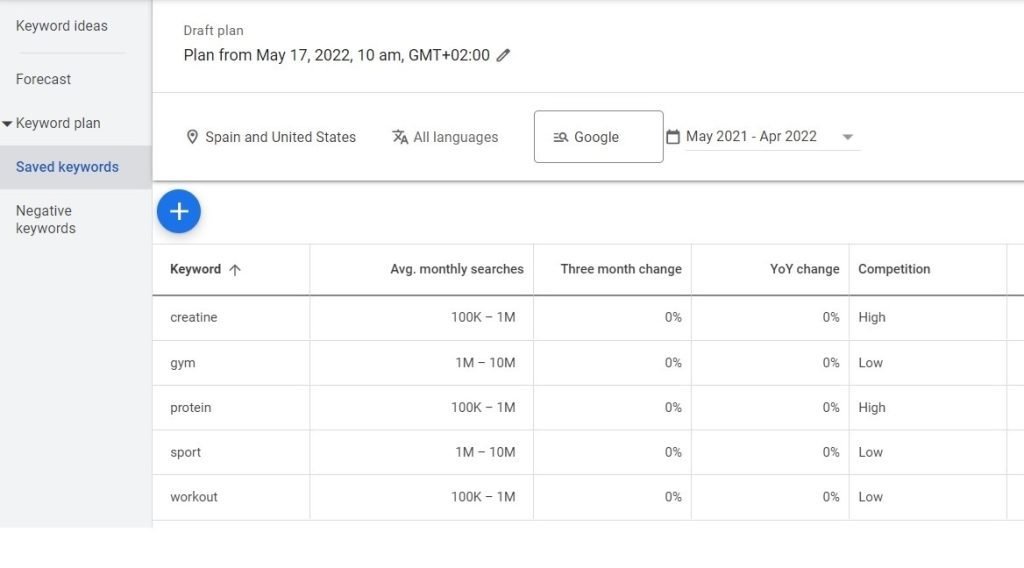
You can research as much as you need to about it, and get ideas for related keywords:
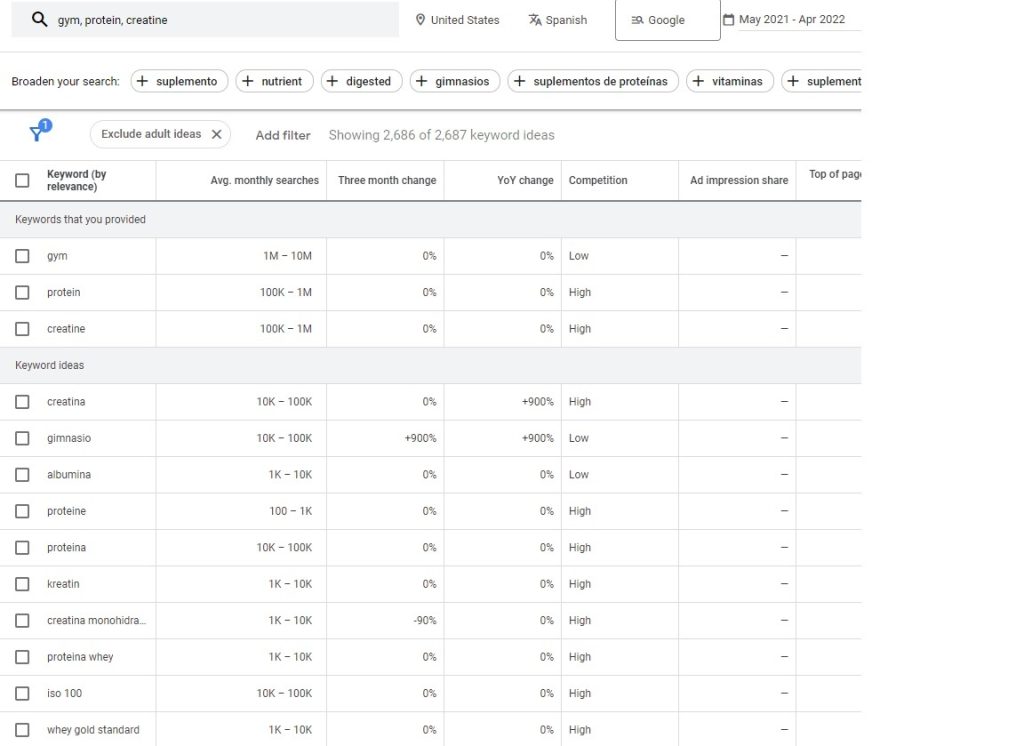
Thanks to this we were able to:
- Orient and optimize publications based on keywords.
- Define suggested words, headings and terms to be included in the content.
- Introduce new content for TITLEs and Meta Descriptions.
- Make a list of relevant topics related to our client’s industry and products.
- Enhance the cluster to improve navigation between pages and content.
- Make it easier for Google to understand the semantics of the website
As previously stated, it is critical that you consider the user ‘s intent when selecting keywords. To accomplish this, examine the first page of Google. If a website ranks first, it is because it fulfills a search intent. Our client wanted to rank for terms like “creatine”, and look at the first result we got when we performed this simple check:
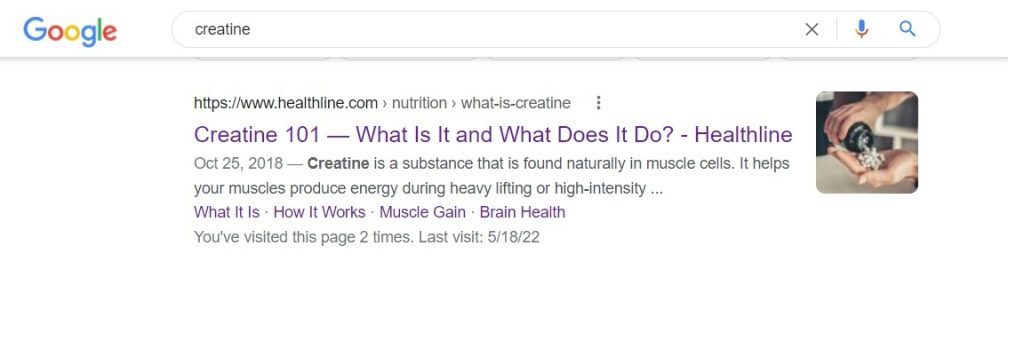
The competitor at the top of the SERPs was not a product page, but rather valuable content to solve consumer doubts about this type of protein.
Recycle, reuse and create new content
We discovered a very common situation on our client’s blog, as only information about each new product included in the sales catalogue had been written. We made a 180º turnaround and proposed a new strategy in which we wrote:
- Product reviews. We recycled existing content about the products in review format, highlighting their characteristics, functionalities, and uses, among other things.
- Comparisons of similar products to assist customers who are undecided between several products in making a purchase decision.
- Expert opinions, such as medical advice, habits recommended by nutritionists or common injuries to be prevented by physiotherapists.
- Exercises and training routines.
- Healthy recipes.
Our specialist consultants have previously analyzed all of the above content in order to make this proposal. We advise you to reuse as much as possible, such as for e-mail marketing. This way, you can draw attention to content that you did not distribute at the time. You can even create new content in a different format (video, podcast, infographic, etc.) based on previously successful content.
We used both main keywords and long tail words for the new content. Our client benefited greatly from the fact that we had our own native editors, which allowed us to adapt content to the jargon and search terms of the various regions of the United States.
Furthermore, and perhaps more importantly, we wrote the content using the structure of headings and tags, which allows users and search engines to better interpret the content.
Finally, the FAQs were created solely to address concerns raised by our client through other channels (e-mail, after-sales service…). We incorporated not only the users’ search intentions, but also Google’s People Also Ask, into the new wording.
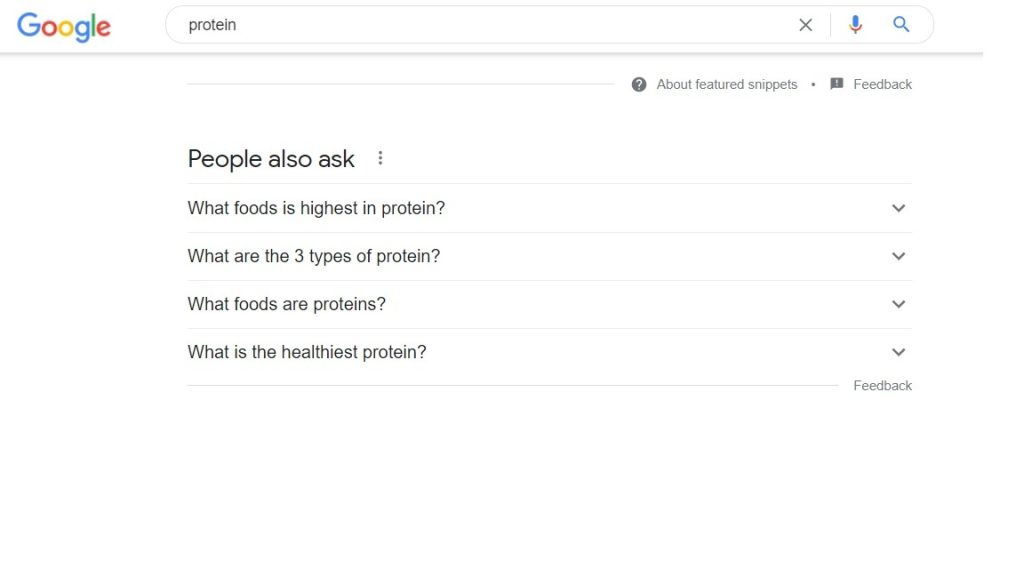
Reinforce your content with links
You will have noticed that there is no unbreakable SEO secret. To increase traffic to our client’s website we just had to:
- Conduct a content audit to find out which content should be removed and which should be included.
- Create new content that is relevant, truly helpful, and addresses search intent.
- Quality and thematically related links to websites, blogs, and media in the health, sport, and healthy lifestyle sectors should be reinforced.
So, our final step was to go all-in and use our extensive network of international partners to find links with semantic similarity. Although our client’s website contained some external links, there was no link building strategy in place to support them. We determined which ones to include using the Self Service platform based on the metrics of the country, language, or type of link we were looking for for this client.
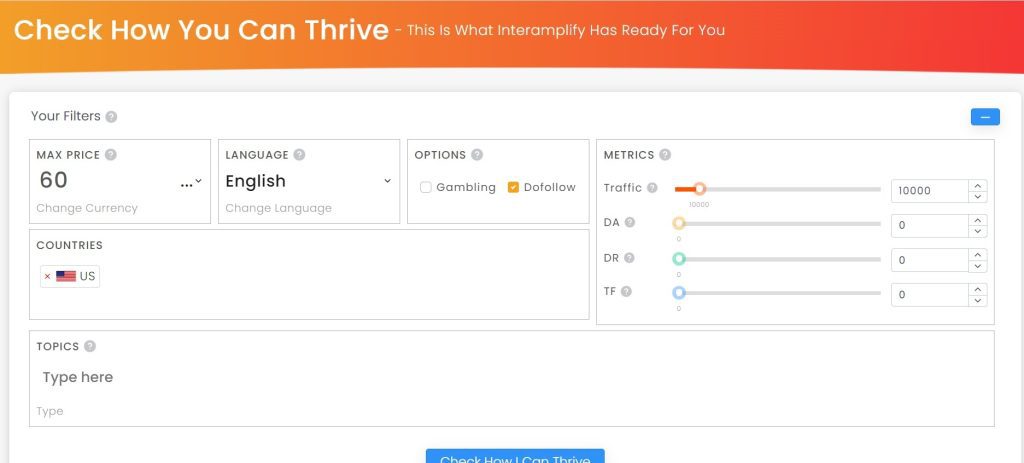
Since the website contained valuable content, it was time to link it to other blogs or media that had written content similar to that of our target audience. To accomplish this, we selected backlinks each month this year based on the seasonality of the content. For example, in the United States, the majority of people join the gym in January, February, or September, whereas in July, August, or December, searches for fitness products decline or remain relatively unchanged.
As a result, we concentrated our efforts on determining when it was appropriate to allocate more resources and increase the number of external links we received for those temporary search peaks.
These were the results
As a result we achieved the expected growth. Not only did we reach our targets in the number of visits, we also tripled the number of organic keywords.
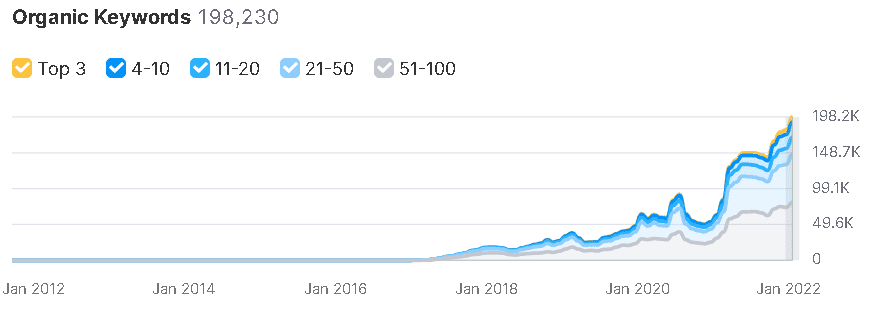
We increased our monthly visits from 35,000 to 282,046. This means 211,046 more visits, a growth of 790% in just one year. As unbelievable as it may seem, it is possible to increase traffic by such a staggering amount.
As we all know, ranking on Google’s first page transforms your business. If you want us to handle the entire process for you, please contact us here.

